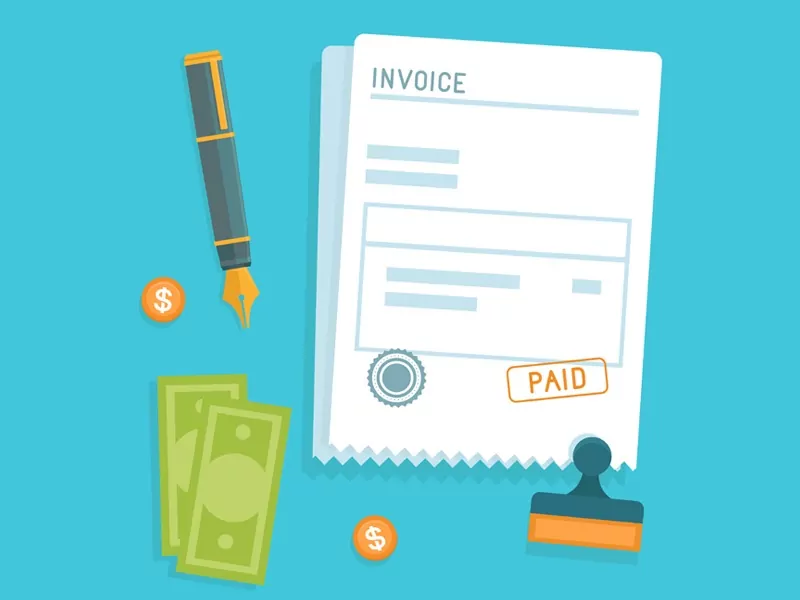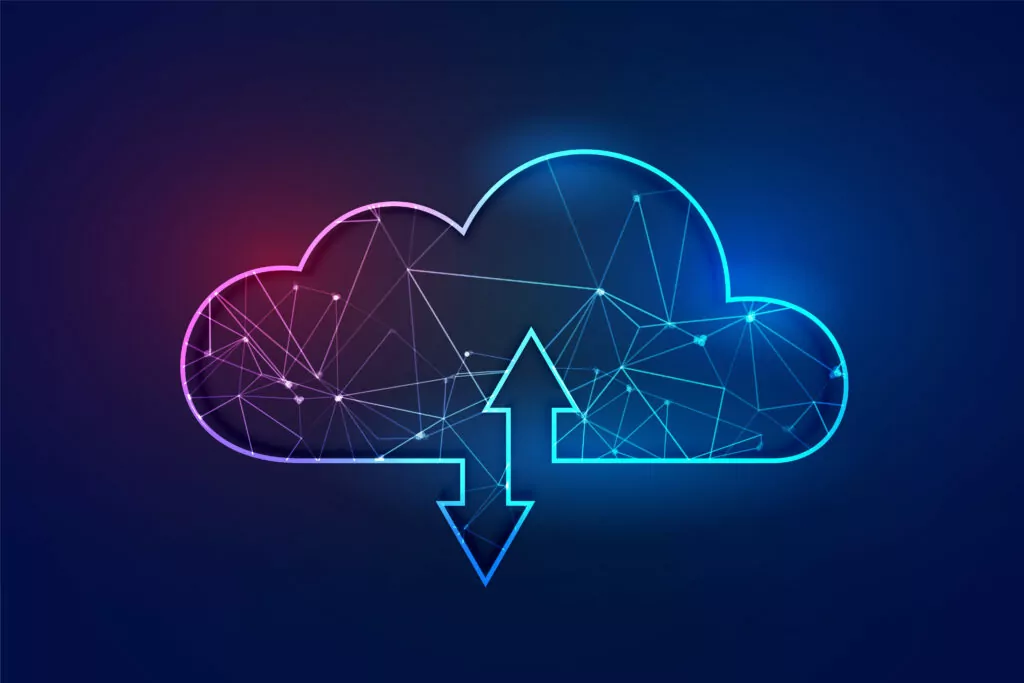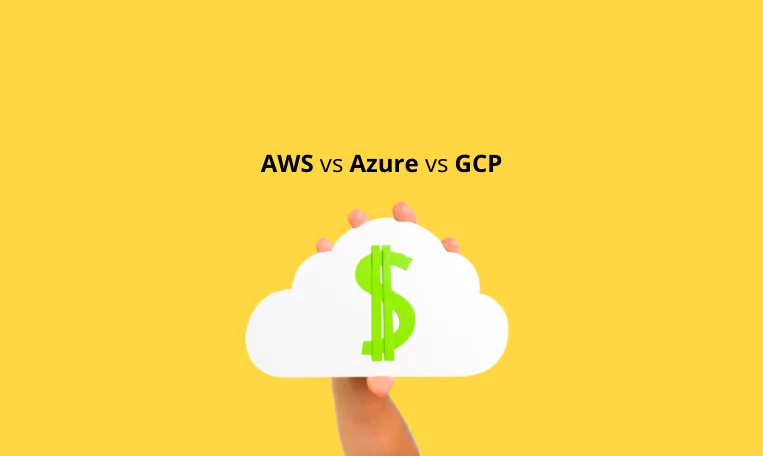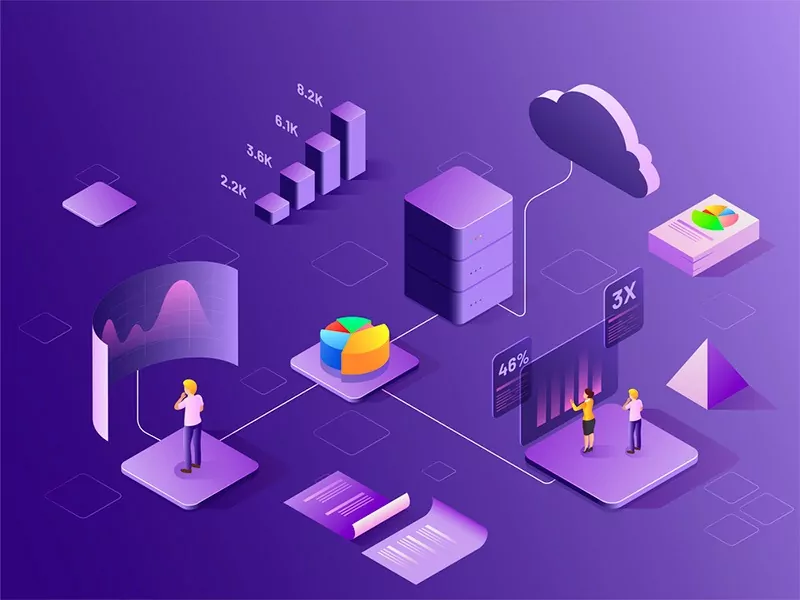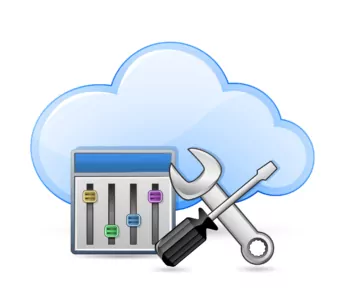Before you finalize your calculations for the total expected monthly cost of ownership on AWS, it’s important to make sure that you’ve considered AWS data transfer costs which can add up to significant amounts if not managed properly. We’ve put together 10 top tips to make it easier to accurately predict your data transfer fees before you get started using cloud services or any cost explorer. (For more information, see our Guide to Cloud Computing Costs.)
1. AWS Data transfer pricing is critical to cloud cost management
While many businesses focus on computing and storage requirements, data transfer charges can be a hefty portion of your monthly spending on the cloud. If you don’t consider these at the outset, you might find yourself with a nasty surprise when your first invoice rolls in.
2. Your AWS pricing might often feel unpredictable
AWS doesn’t keep things simple! Your data transfer fees will vary depending on how much data you transfer, which services you’re transferring data between, and the Regions and Availability Zones you use. Extra costs can appear on your invoice that you didn’t anticipate, such as NAT gateway fees, when instances in a private subnet communicate with the internet, at $0.048/GB per hour. That’s why it’s a good idea to use AWS cost allocation tags to help you organize your resource costs and better track your AWS costs.
3. Think regions and availability zones!
One of the most important first steps in cloud cost optimization is understanding the actual locations of the cloud’s data centers It is divided by regions and availability zones and is one of the most important elements of cost optimization on AWS. First, think about your connect location and where you want to store your data. Closest to home is not always the most cost-effective—if you are located in the United States it could make more sense to store your data in South America, or vice versa. Also consider the number of regions you use carefully. In most cases, the fewer regions your data transfers span, the lower the financial impact at the end of the month.
4. Not all services will cost you equally
There’s also the consideration of the services you use to handle your data—each service has its own financial considerations for data transfer charges. Some services charge for inter region data transfer but not for different availability zones within the same region. Others charge for both types of transfer. Get to know the services you use and what alternatives exist. One good example is using VPC endpoints instead of NAT gateways, to continue the example above. Another example is that all the traffic that comes from the internet and from public ip is free.
This is part of a series about Data Center Migration
5. Billing Alarms exist, and can help you as you get used to the cloud
Similar to an alert that lets you know when you’ve used a certain amount of data on your mobile phone, AWS offers a billing alarms system, where you can monitor your estimated charges and be alerted when your costs exceed these. Updated several times a day, this should prevent surprise sky-high data transfer bills.
6. Your invoice may need some translation
Doesn’t it make more sense to simply review your costs after the first month? Even if this was a financially viable choice, your AWS invoice can be complex to read. Like with most raw data, information needs translation before it can provide actionable insights for your business context. Understanding data transfer charges from the beginning can help you manage both expectations and infrastructure.
7. You’re probably wasting resources
Even with an accurate translation, your invoice is not going to tell you when you’re using servers or routes that you don’t need. For this, you need full visibility into your private ip addresses, meaningwhich servers are responsible for traffic and costs, with a single-pane-of-glass approach to communications across your entire environment, both cloud and on-premises.
8. Beware the bells and whistles!
It shouldn’t come as a surprise that extra features are going to result in extra zeros on your invoice each month. One good example is AWS Transfer Acceleration. Unlike Amazon CloudFront which speeds up content delivery, AWS Transfer Acceleration uses edge networking and network route optimization to deliver faster transfer speeds. However, it comes at a premium price. Consider looking at alternative manual or automated ways to speed up data transfer, such as compressing and caching according to best practices.
9. Look for simple integration as a must-have
AWS data transfer costs are complicated enough, without adding complexity from your third-party tools. Any visibility solution that needs to onboard agents or credentials to the workload will slow down your performance, or make flexibility a non-starter. Instead, look for a solution that uses network traffic analysis and can give you a real-time map based on wire data. Usually, you just need to give the vendor a read-only access to your amazon s3 bucket.
10. You’re going to need support!
The cloud opens doors for incredible innovation, power and scale. But that doesn’t mean that your enterprise can navigate this new journey alone. On the contrary, the best way to hit the ground successfully on AWS is to find expert vendors and consultants that can guide you with best, tried and tested practices. Data transfer costs are a minefield if you’re new to the AWS cloud, so make sure that you have a full map of your environment before you get started.
For more information on data transfer costs and how to avoid the common pitfalls, check out our white paper. When you’re ready to map your environment for lower costs on AWS, get in touch. We just need read-only access to your Amazon S3 bucket.
